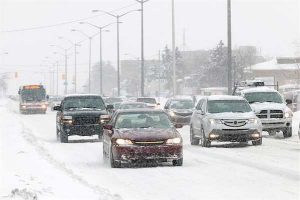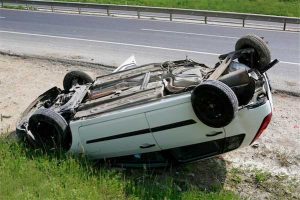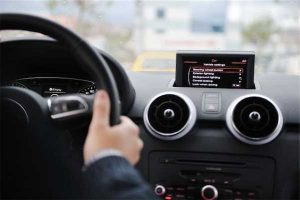Can New Study Help Reduce Teen Drivers’ Crash Risk?
 Lack of skill and experience may be partially to blame for the high rate of serious car accidents involving teen drivers, but it doesn’t explain the disparities in risk levels among equally inexperienced drivers. Researchers at the University of Pennsylvania’s Annenberg Public Policy Centre may have found the answer.
Lack of skill and experience may be partially to blame for the high rate of serious car accidents involving teen drivers, but it doesn’t explain the disparities in risk levels among equally inexperienced drivers. Researchers at the University of Pennsylvania’s Annenberg Public Policy Centre may have found the answer.
The researchers discovered a link between the rate of development of a teen driver’s ‘working memory’ and his or her crash risk. “Working memory’ is associated with the ability to accurately perform moment-to-moment tasks that are essential to safe driving.
Teen driving statistics are frightening. According to the AAA Foundation for Traffic Safety, drivers in the 17- to 19-year-old age group are at a higher risk of being involved in a motor vehicle accident than drivers in any other age group. In fact, drivers age 16 to 17 are nine times more likely than adult drivers to get into an accident and six times more likely to be involved in a fatal accident. Can this new information be used to improve these numbers and keep our teens safe on the road? Read “Study links youths’ slow ‘working memory’ to high crash rates” to find out.
 New Jersey Injury Lawyers Blog
New Jersey Injury Lawyers Blog










